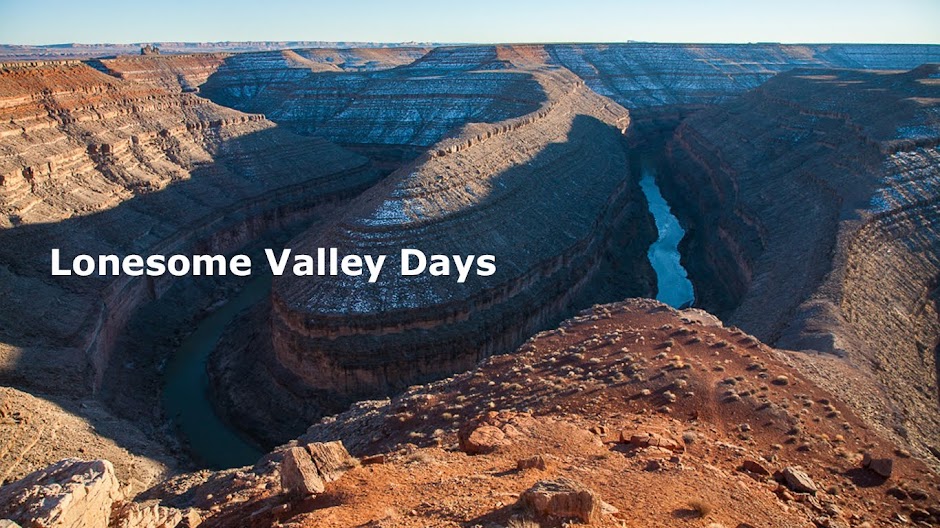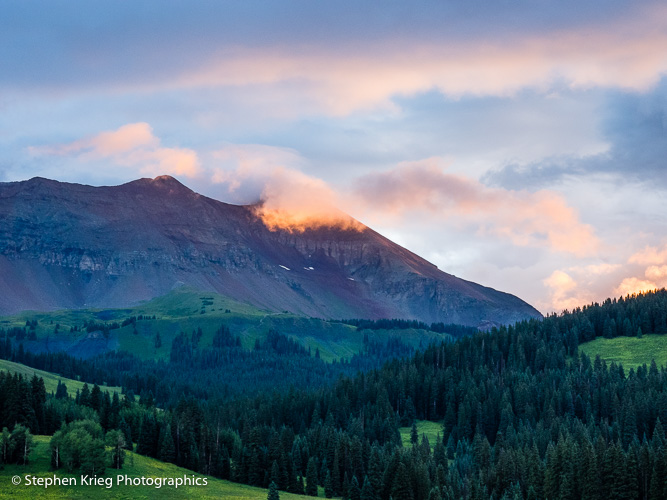 |
| Highway 89A on the Arizona Strip. |
Early November, and back to the Arizona Strip. That lonely, austere, beautiful high desert land between Grand Canyon and the Utah state line.
 |
| Welcome to the Vermilion Cliffs National Monument. |
 |
| The Vermilion Cliffs and approaching early winter storm. |
And lots of blue sky, normally. But not today. Winter was approaching, and I wanted to be there.
I might be that rare person that, when the weather forecast indicates a snow storm coming into an area, I head for it instead of away. Well, at least in late fall I do. I love the changing of the seasons. And not being sweaty just by sitting outside doing nothing at the time, relaxing. And not having to clean the bug guts off the windshield yet again that day.
Simple things.
The clouds were very low, enveloping the Kaibab Plateau just to the west. Snowing up there. But not down here on the Platform. Not yet. If the weather forecaster man in Flagstaff was right, it would be snowing right about this elevation -- 5,000 feet -- before the day was done. So I was hopeful.
 |
| Vermilion Cliffs cowboy cabin ruin. |
 |
| Cowboy cabin light and shadows. The roof is gone, but not the rafters. |
 |
| Corrals and winter storm light, Vermilion Cliffs. |
 |
| Stock pens and approaching storm clouds, Vermilion Cliffs. |
 |
| Cowboy cabin ruin and Vermilion Cliffs. |
 |
| Approaching winter storm, Vermilion Cliffs, Arizona Strip. |
 |
| Corral, Cliffs, and storm clouds. |
 |
| Storm clouds, red sand, and sagebrush. |
Photo location: Marble Platform and Vermilion Cliffs National Monument, Coconino County, Arizona.
© Copyright 2015 Stephen J. Krieg







































